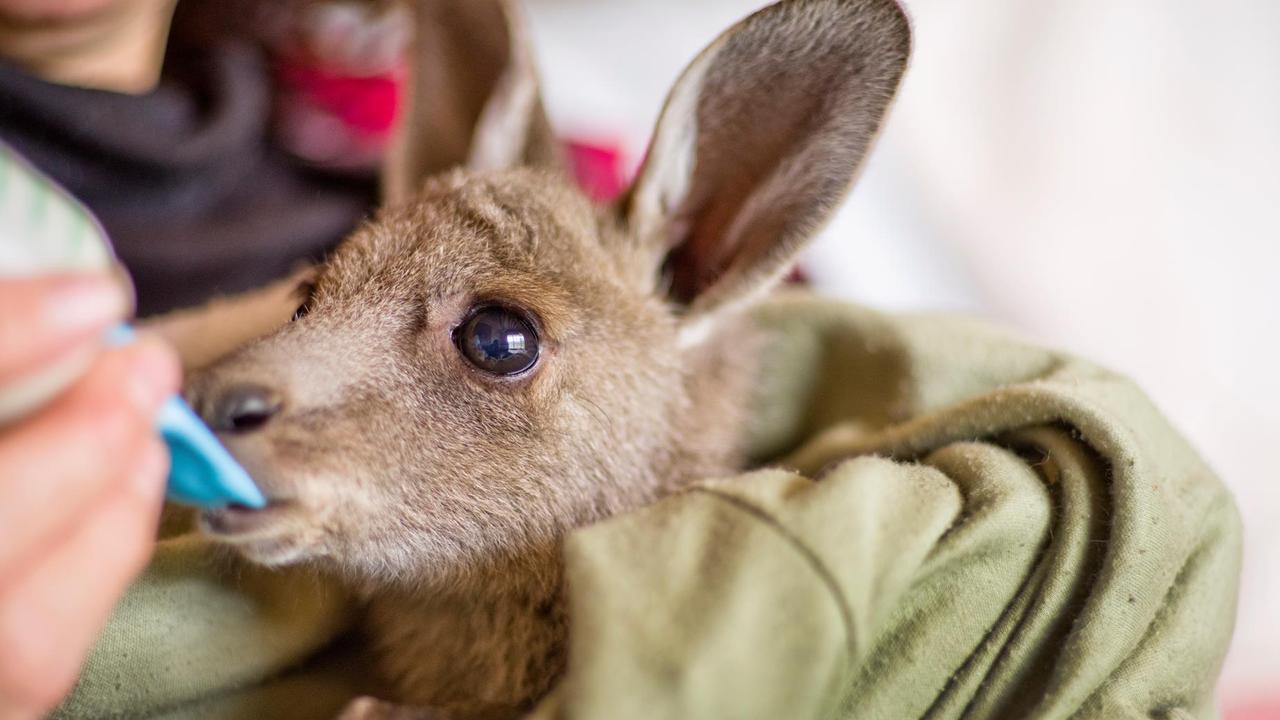60 years of LEGO: How toy bricks became a building block of Aussie life
LEGO celebrates its 60th birthday today. The humble triple-painted brick arrived in Australia until 1962 and since then, it’s become a feature of nearly every second house in the country.
VIC News
Don't miss out on the headlines from VIC News. Followed categories will be added to My News.
LEGO celebrates its 60th birthday today.
The humble triple-painted brick was launched in Denmark in 1958, taking its name from two Danish words: ‘leg’ and ‘godt’, meaning “play well’’.
But it didn’t arrive in Australia until 1962 and since then, it’s become a feature of nearly every second house in the country.
Worldwide, 75 billion LEGO bits were sold in 2016 and interestingly, the most popular seller is the LEGO City range.
MELBOURNE LANDMARKS RECREATED AT LEGOLAND DISCOVERY CENTRE

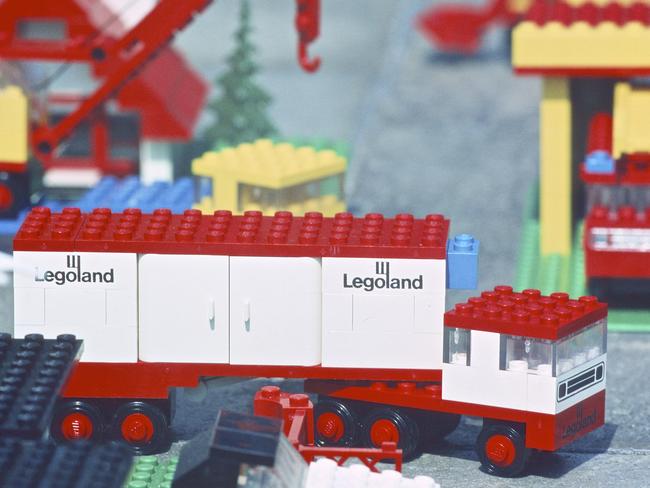
But when Irishman John Peddie arrived in Australia in 1962 he had a hard sell. Peddie was the 27-year-old sales representative sent from London’s LEGO HQ to convince us we needed the mini building blocks in our lives.
“There was a lot of resistance,” he says. “Retailers told me, ‘It’s summer in Australia, it’s Christmas time and kids want outdoor things — beach balls, cricket sets, tennis racquets’. They don’t want to be inside.”
Another roadblock for LEGO was the fact that “the big retailers had to buy the whole range.
“They were taken aback. Nobody had ever sold it like that before.”
Things were looking a bit grim. Then one of the big retailers decided to try a small amount of stock.
BRICK-BUILDING MINI-MAESTRO A TOP MOTCH LEGO BUILDER
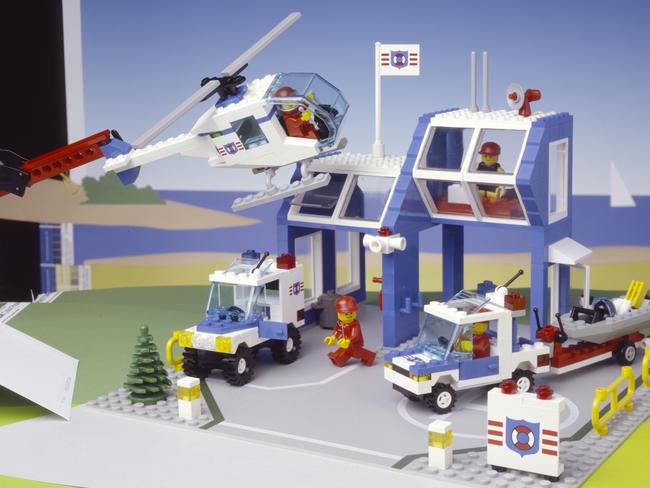
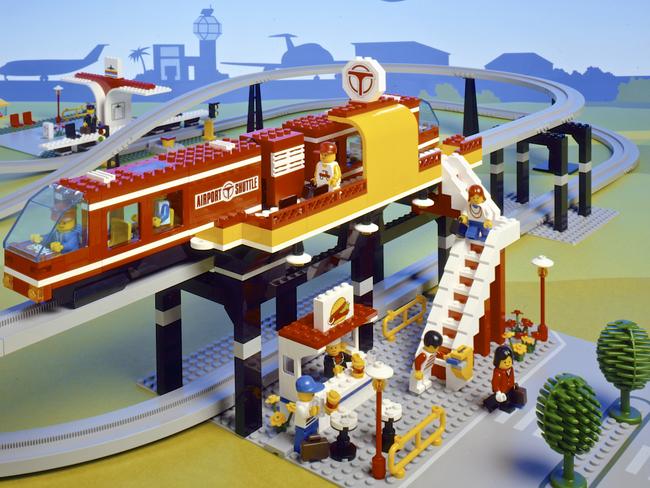
And the Dutch got wind of it.
“A lot of migrants from Holland knew about LEGO and were very excited about it,” Peddie says.
“It helped that we had giant LEGO models to put in store windows. We had the Tower Bridge of London, St Paul’s Cathedral. We had a giant kangaroo and a koala.
“In those days the bricks were mainly red and white or blue and yellow. It was quite difficult to make a grey koala but we managed to make it look good.”
European migrants were buying LEGO two boxes at a time, then Aussies too. And then LEGO Space came along.
“We decided to allocate 25 per cent of our entire Australian budget on the 13 Space lines. The Danish headquarters were concerned about us spending too much money on the product that nobody knew.
“Then it launched in Europe and we were getting faxes: ‘It’s selling like wildfire. People can’t get stock’. It arrived by June and by September we’d sold out completely.
“We had to start stockpiling for Christmas,” he says.
“It was a big gamble. We didn’t know kids would rush in for rockets to the moon.”
KID FRIENDLY DIGI TOYS COULD POSE CYBER THREAT
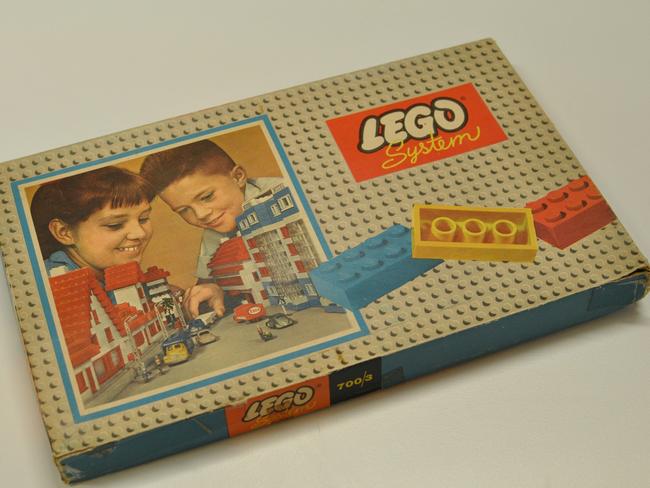
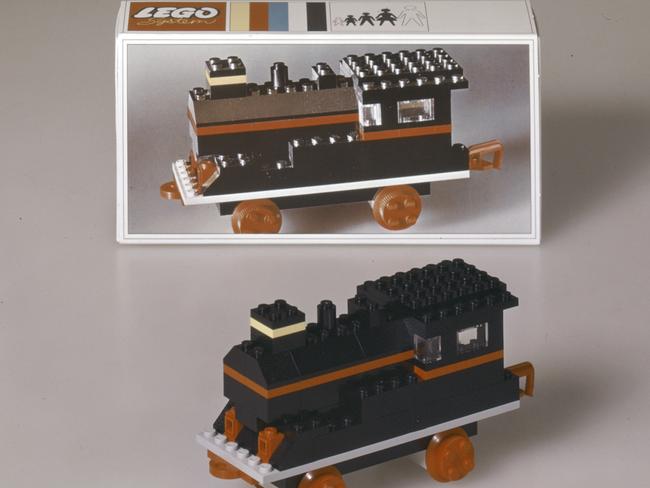
Other fads came along — hula-hoops, Rubik’s Cubes, Nintendo Game Boys, Tamagotchis.
“We were always in a different category, that’s why we’ve lasted,” reckons Peddie.
Indeed, LEGO makes kids think and use their hands in a constructive, tactile, imaginative way.
“People say, ‘What an easy job you must have had.’ It might look easy today but in the early days I was thinking, ‘My god what I’m gonna do now?’ ”
Peddie, a sprightly 83-year-old, still plays with his LEGO.
“I’m retired but still on the Board of Directors and every Christmas they send us a LEGO pack to build. In December it was an old-fashioned German soldier from The Nutcracker; 740 individual pieces. It took a while to put together,” he chuckles. “But it was worth it.”
LEGO’s anniversary will be celebrated at LEGOLAND Discovery Centre, Chadstone.
melbourne.legolanddiscoverycentre.com.au.


